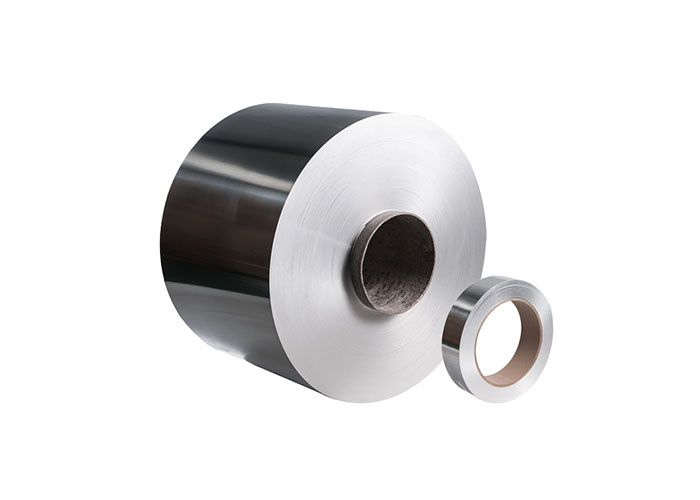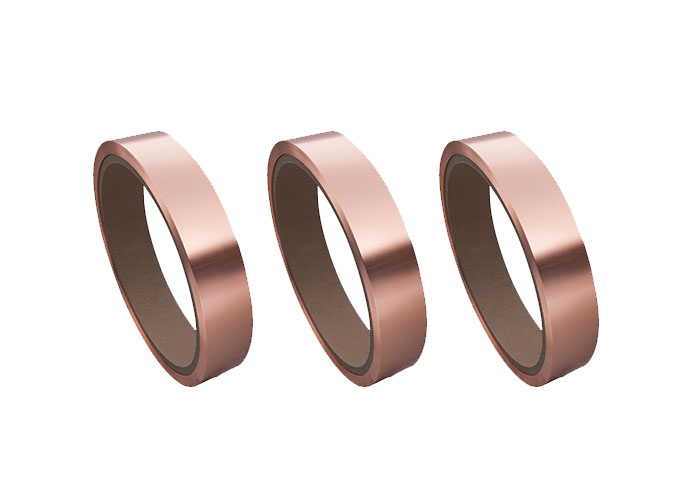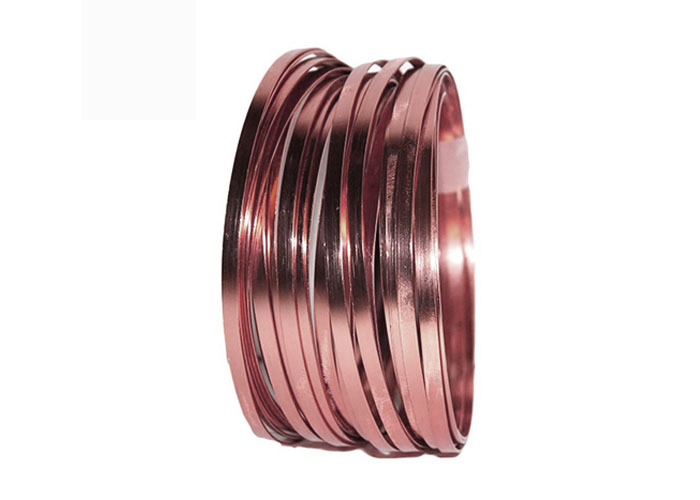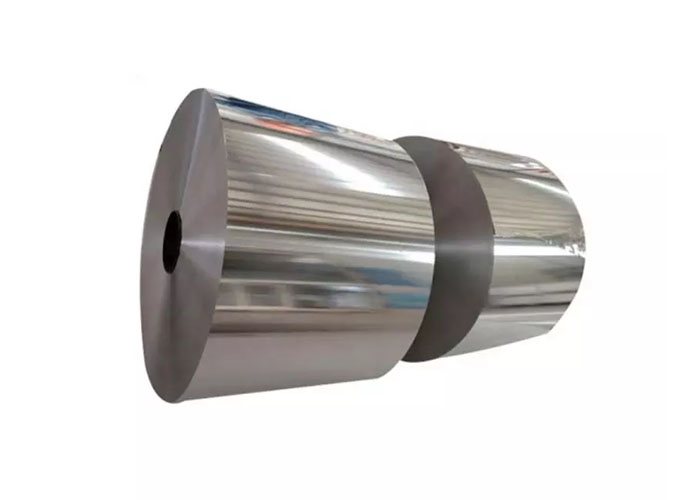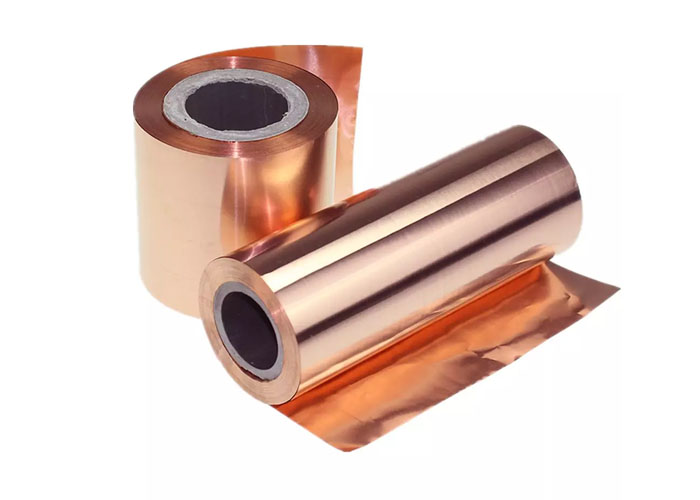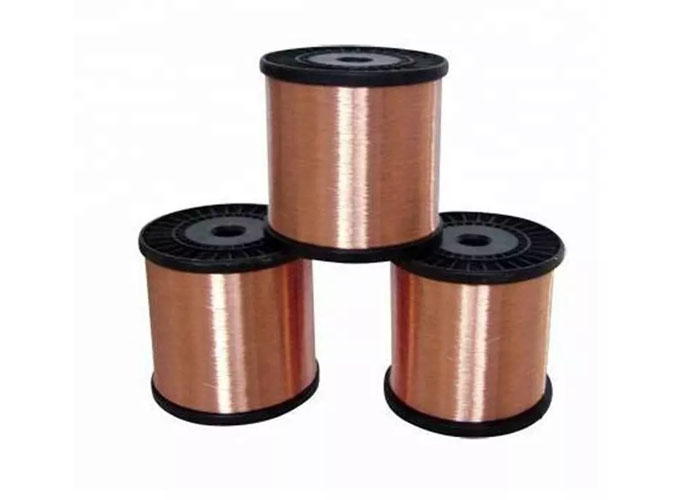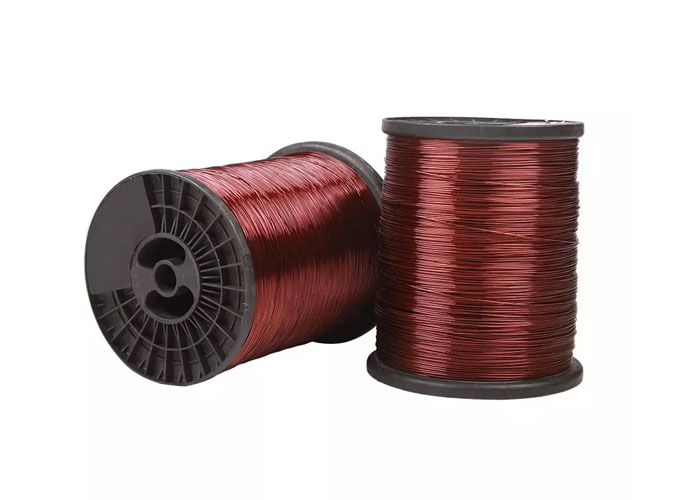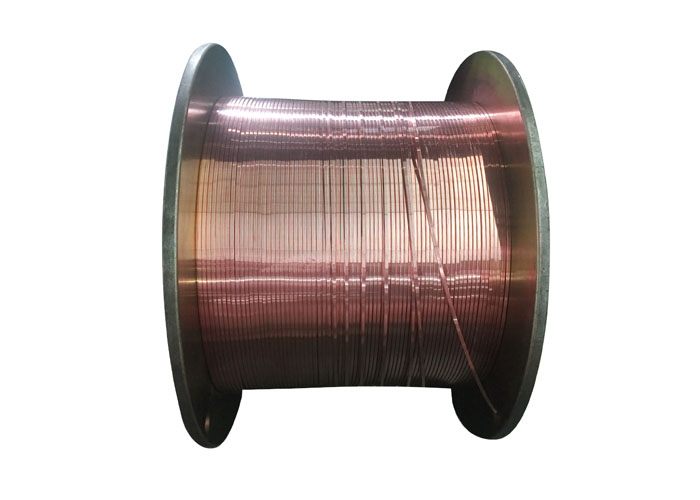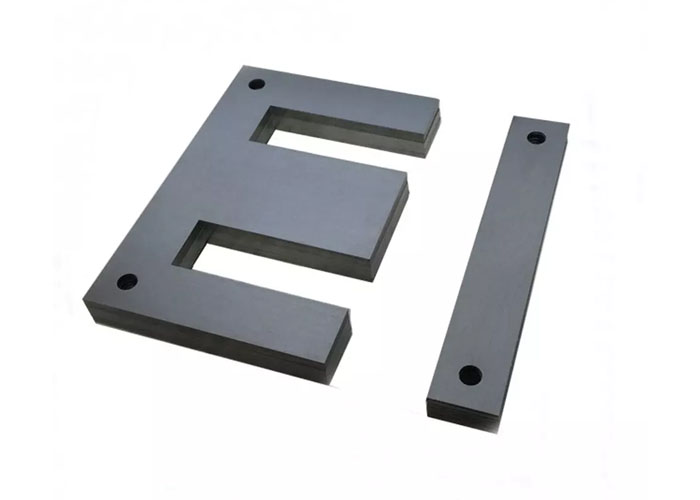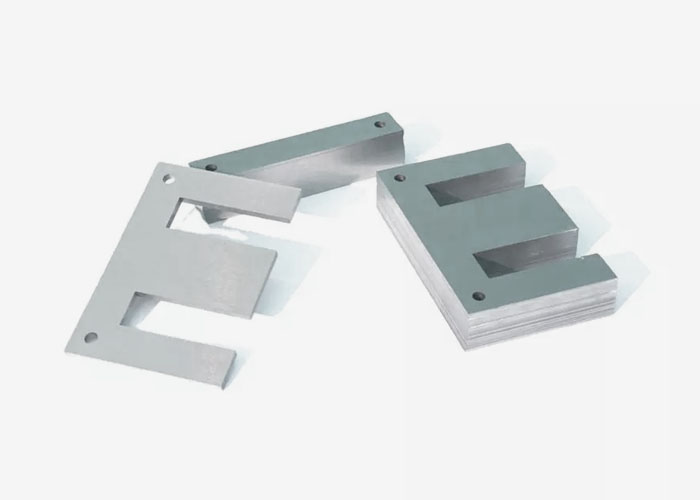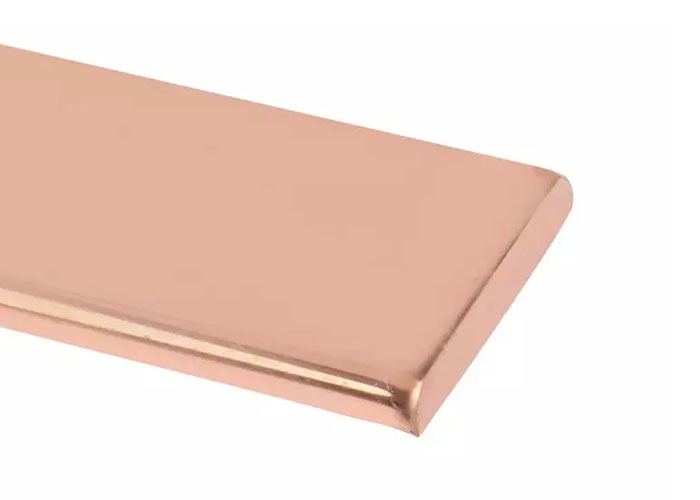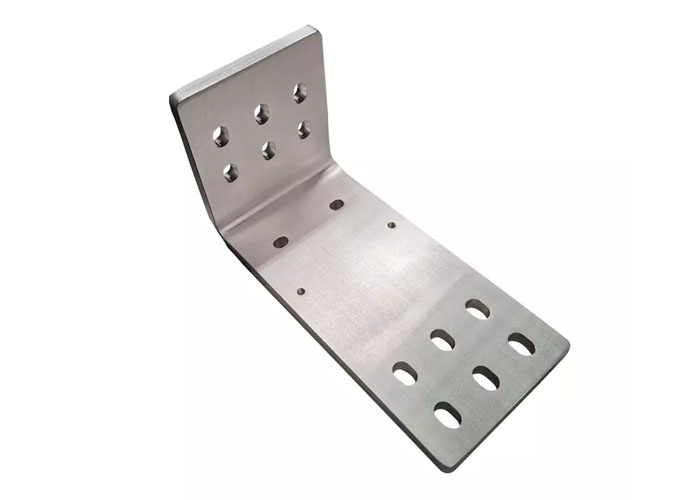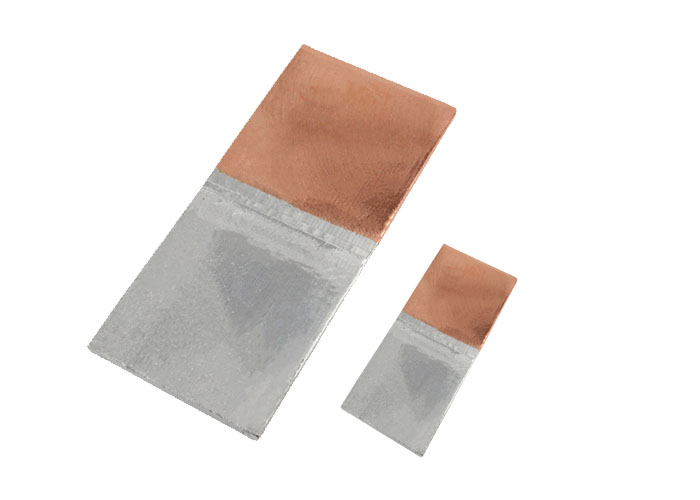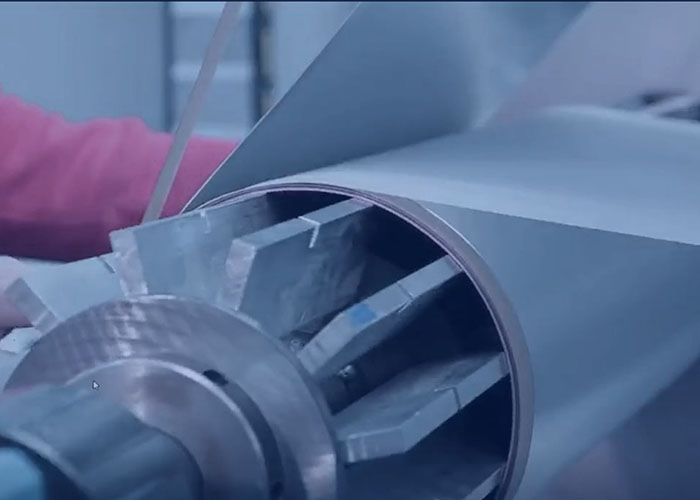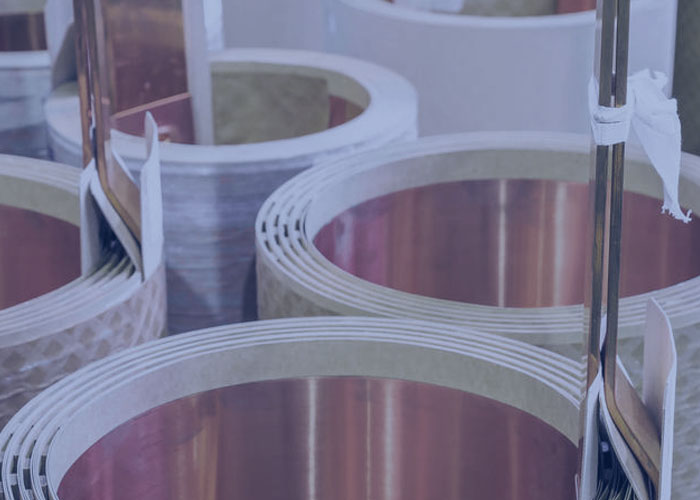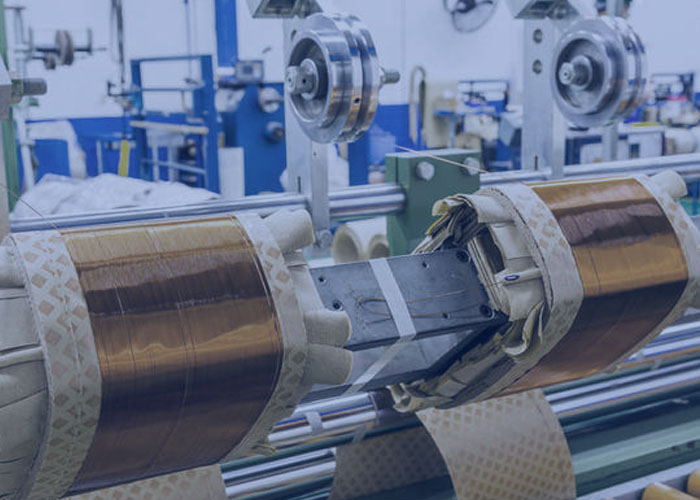Technical Data
Know more about our technical data knowledge, you will learn how professional we are.
Do you know what should pay attention to when purchasing metals materials for your transformer project?
If you’re the expert like us, you probably need to know those technical data much more.
Aluminum. copper and silicon steel technical knowledge directly affects the purchase of materials or the use of them. From articles and videos to information icons, global buyers talk about finding the most strategic way to purchase metals materials.

HIGHV STOCKS A COMPLETE RANGE OF TRANSFORMER'S METALS MATERIALS IN THE FOLLOWING FORMS:
Study Highv Useful Technical Data To Speed Up Your Transformer Project: A Step-by-Step Guide
What is the 1050 O aluminum strip in a transformer?
The 1050 O aluminum strip in a transformer is the most commonly used material in transformers.
The reason why it can be widely used in transformers is related to its excellent properties.
1050 O aluminum strip has high electrical conductivity and thermal conductivity. In the actual application process of transformers, 1050 O aluminum strips are often used as support materials to form transformer windings, which can reduce the loss of transformers and improve the performance of transformers.
The thickness of the 1050 O aluminum strip in a transformer is generally between 0.1 mm and 1 mm. It adopts a single-layer or double-layer structure, which can effectively reduce the leakage magnetic field of the coil and improve its insulation performance.
The transformer 1050 O aluminum strip is a kind of connecting material for winding coils, which is wound on the coil in a certain way to form a specific inductance, mutual inductance or distributed capacitance. In addition to this kind of connection material, there are other forms of connection between coil turns, such as soldering connections and welding connections.
What is the 1060 O aluminum strip for transformer winding?
1060 O aluminum strip for transformer winding, the content is 99.6%, mainly used for some high and low voltage electrical equipment, such as various transformers winding. The common state is O state, so it is also called aluminum strip for transformer winding.
The aluminum strip in the electrical equipment industry has very high requirements on its performance, which requires the flexibility of the aluminum belt to be good enough.
This requires that the 1060 O aluminum strip for transformer winding has a very high elongation. In addition, it should have a good crack resistance and uniformity. meet
1060 O aluminum strip for transformer winding is mainly made of 1 series pure aluminum strip product, tensile strength can reach more than 135Mpa, elongation is up to 15%, the finished product has good electrical conductivity, thermal conductivity and corrosion resistance.
1060 O aluminum alloy has high plasticity, corrosion resistance, electrical conductivity and thermal conductivity. But they have lower strength than other alloys.
1060 O aluminum strip has high plasticity at annealed state and hardening phenomenon in semi cold hardening, good corrosion resistance, good weldability, poor machinability, but with extrusion and stretch forming high performance. The electrical conductivity of 1060 O strip is about 60%IACS. The density is 2.7 g/cm3.
What is the 1070 O aluminum foil for transformer winding?
The 1070 O aluminum foil for transformer winding has the advantages of high conductivity, good corrosion resistance, high thermal conductivity and large extension ratio.
The annealing state is O.
The 1070 O aluminum foil for transformer winding can be used to make dry-type transformers, oil-immersed transformers and reactor windings.
The 1070 O aluminum foil for transformer winding has a density of 2.7 g/cm3 and the tensile strength is 60-105 MPa, which can meet the strength requirement of aluminum foil winding.
The elongation is 15-30%, which can meet the elongation requirement of aluminum foil winding. The electrical conductivity is ≥65%IACS or ≥60%IACS.
The 1070 O aluminum foil for transformer winding has good heat dissipation and does not increase the temperature rise of the coil during long-term operation, thus prolonging the service life of the coil. The use of 1070 O aluminum foil for transformer winding can reduce the mass manufacturing cost of transformers by 15%.
Advantages of 1070 O aluminum foil for transformer winding:
1. Good plasticity after annealing;
2. Easy to process and weld;
3. Excellent corrosion resistance;
4. High conductivity and thermal conductivity;
5. Low strength;
6. Good elongation (≥20%) and other characteristics.
What is the 1350 O aluminum foil for transformer winding?
1350 O aluminum foil for transformer winding is widely used in the transformer industry, such as oil-immersed transformers and dry-type transformers.
The 1350 O aluminum foil for transformer winding can be divided into two types: bare and coated.
The bare type is mainly used as the winding material of oil-immersed transformers, and the coated type is mainly used as the interlayer insulation material.
Features of 1350 O aluminum foil for transformer winding:
1. Aluminium foil 1350 has excellent elongation and tensile strength, suitable for winding forming;
2. Good plasticity, uniform thickness, no burr after stamping;
3. Excellent electrical conductivity and thermal conductivity properties;
4. Good corrosion resistance and weldability;
5. Smooth surface quality, low pinhole degree;
6. High temperature resistance, can withstand the test of high temperature 130℃.
Aluminum Strips For Transformers Chemical Composition
| 1050 O Aluminum Strips Chemical Composition(%) | |||||||||
| Element | Al | Si | Fe | Mg | Zn | Mn | Ti | Cu | V |
| Standard Value | ≥99.5 | 0.0431 | 0.203 | 0.0013 | 0.0093 | 0.0104 | 0.02 | 0.0022 | 0.0039 |
| 1060 O Aluminum Strips Chemical Composition(%) | |||||||||
| Element | Al | Si | Fe | Mg | Zn | Mn | Ti | Cu | V |
| Standard Value | ≥99.6 | 0.0431 | 0.203 | 0.0013 | 0.0093 | 0.0104 | 0.02 | 0.0022 | 0.0039 |
| 1070 O Aluminum Strips Chemical Composition(%) | |||||||||
| Element | Al | Si | Fe | Mg | Zn | Mn | Ti | Cu | V |
| Standard Value | ≥99.7 | 0.0431 | 0.203 | 0.0013 | 0.0093 | 0.0104 | 0.02 | 0.0022 | 0.0039 |
| 1350 O Aluminum Strips Chemical Composition(%) | |||||||||
| Element | Al | Si | Fe | Mg | Zn | Mn | Ti | Cu | V |
| Standard Value | ≥99.5 | 0.0431 | 0.203 | 0.0013 | 0.0093 | 0.0104 | 0.02 | 0.0022 | 0.0039 |
Transformer Aluminum vs. Copper: What’s the Difference?
As you can see from their grades and standards, aluminum strip and copper strip is very different. Depending on what you are looking for in your transformer projects, they each have benefits and drawbacks. For a side by side comparison, you breakdown the differences even further.
Aluminum strip has several advantages over copper strip. It is more resistant to corrosion and heat, which makes it suitable for outdoor use.
The conductivity of aluminum is lower than that of copper at room temperature but increases as the temperature rises. This means that aluminum is more efficient at transferring heat than copper, making it ideal for electric heating elements and radiators.
Copper can be recycled many times without losing its properties, while aluminum loses its strength after several recycling cycles. Copper can be recycled indefinitely if there is no contamination in the mix; however, pure aluminum cannot be recycled because it corrodes easily when exposed to oxygen or water vapor in the air environment during melting process.
Aluminum strips are relatively cheaper than copper strips. However, many China suppliers are offering a range of transformer winding materials at competitive prices.
The density of a material is the ratio of its mass to its volume. Density is used as a measure of how compact or voluminous a substance is.
Copper has a specific gravity of 8.9 and aluminum has a specific gravity of 2.7. This means that for every gram of aluminum you need 2.7 grams of copper to produce the same volume.
The density difference between aluminum and copper can be used to determine how much more material is required for an application using aluminum rather than copper. For example, if you need 100 pounds per square foot (psf) of insulation on your transformer core, then you would need approximately 133 psf if it were made with aluminum instead of copper because 2.3 times more material would be required by the transformer manufacturer in order to achieve the same amount of insulation when comparing their densities together.
The resistivity of a material is the measure of its resistance to electric current. This property is important for transformers because it determines how much heat the material can withstand before melting or burning. The higher the resistivity, the more heat that can be dissipated without reaching unsafe temperatures.
Aluminum strip has the electrical conductivity of above 60%IACS.
While copper strip has the electrical conductivity of 99.80%IACS.

